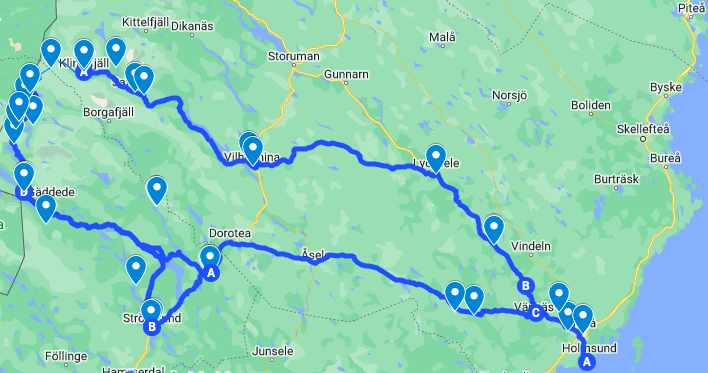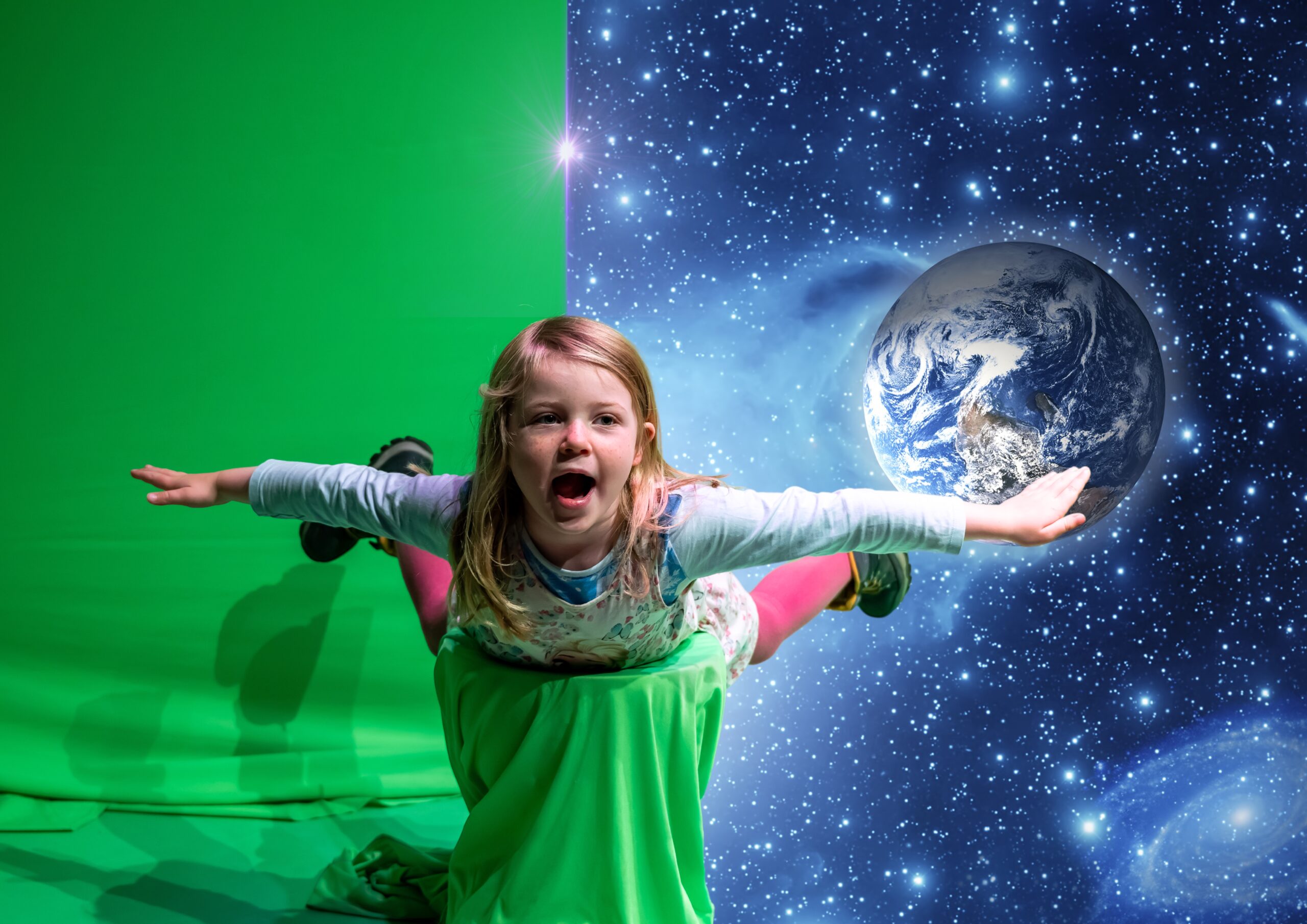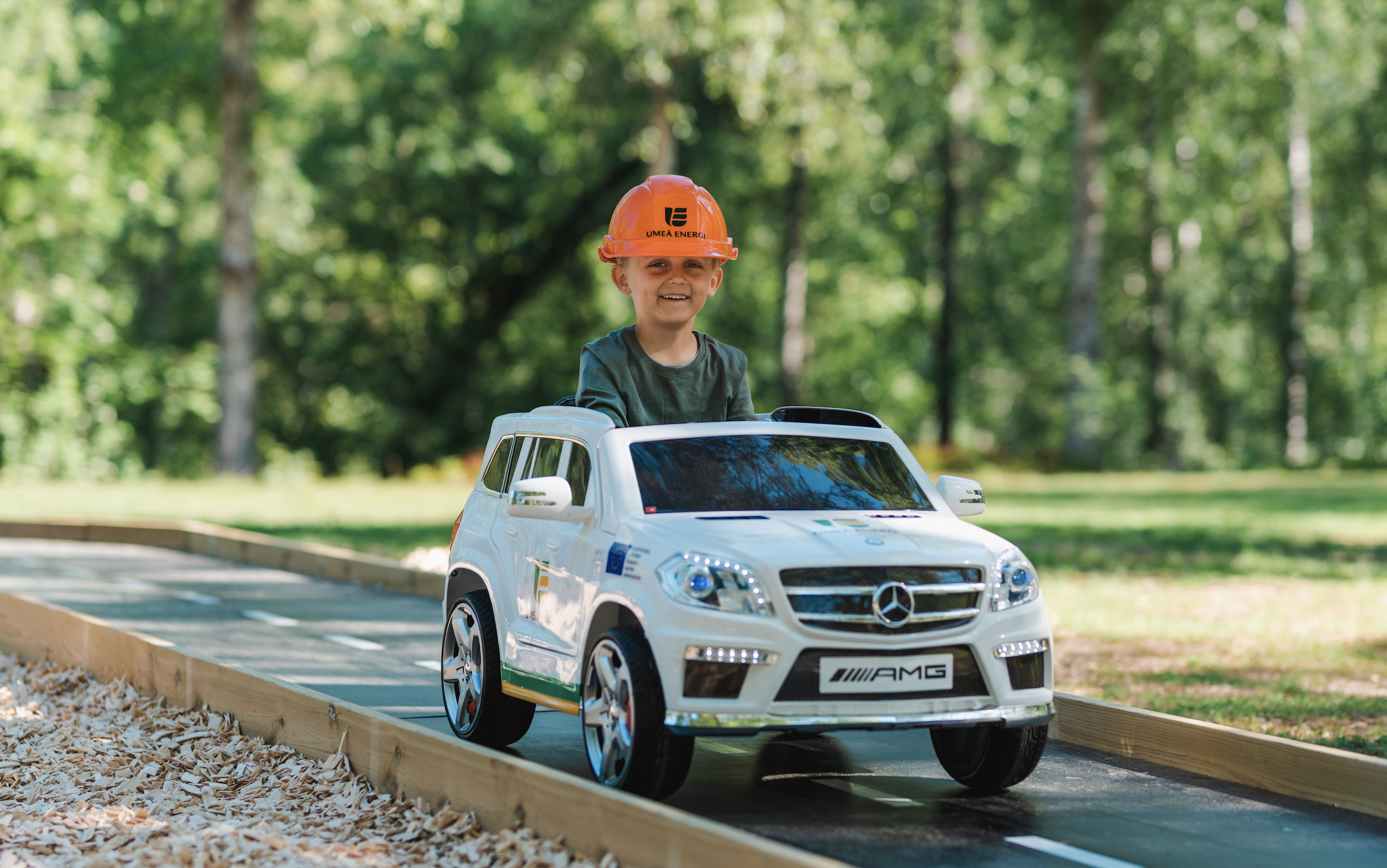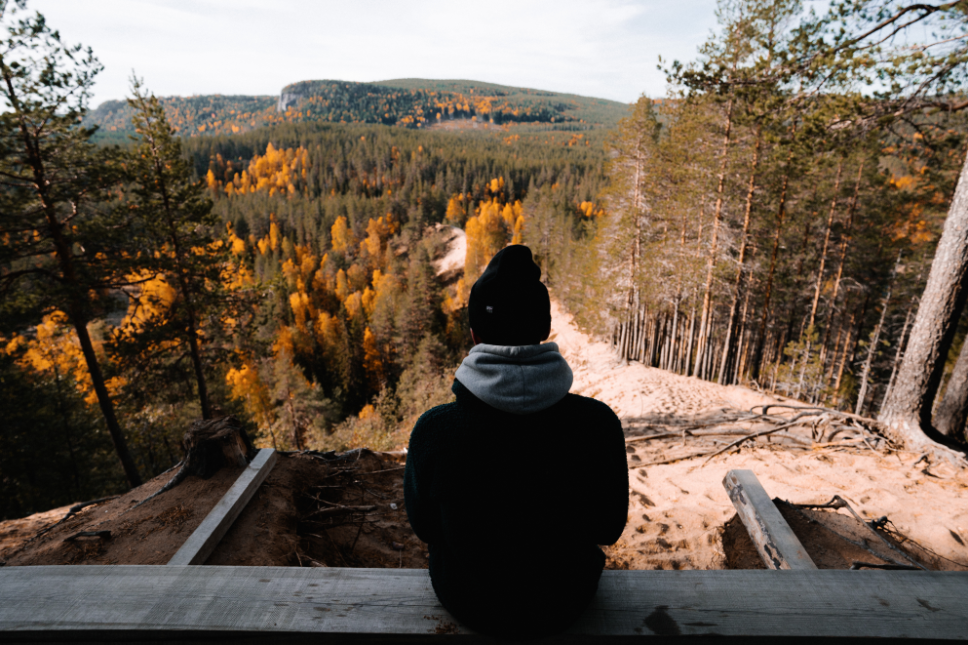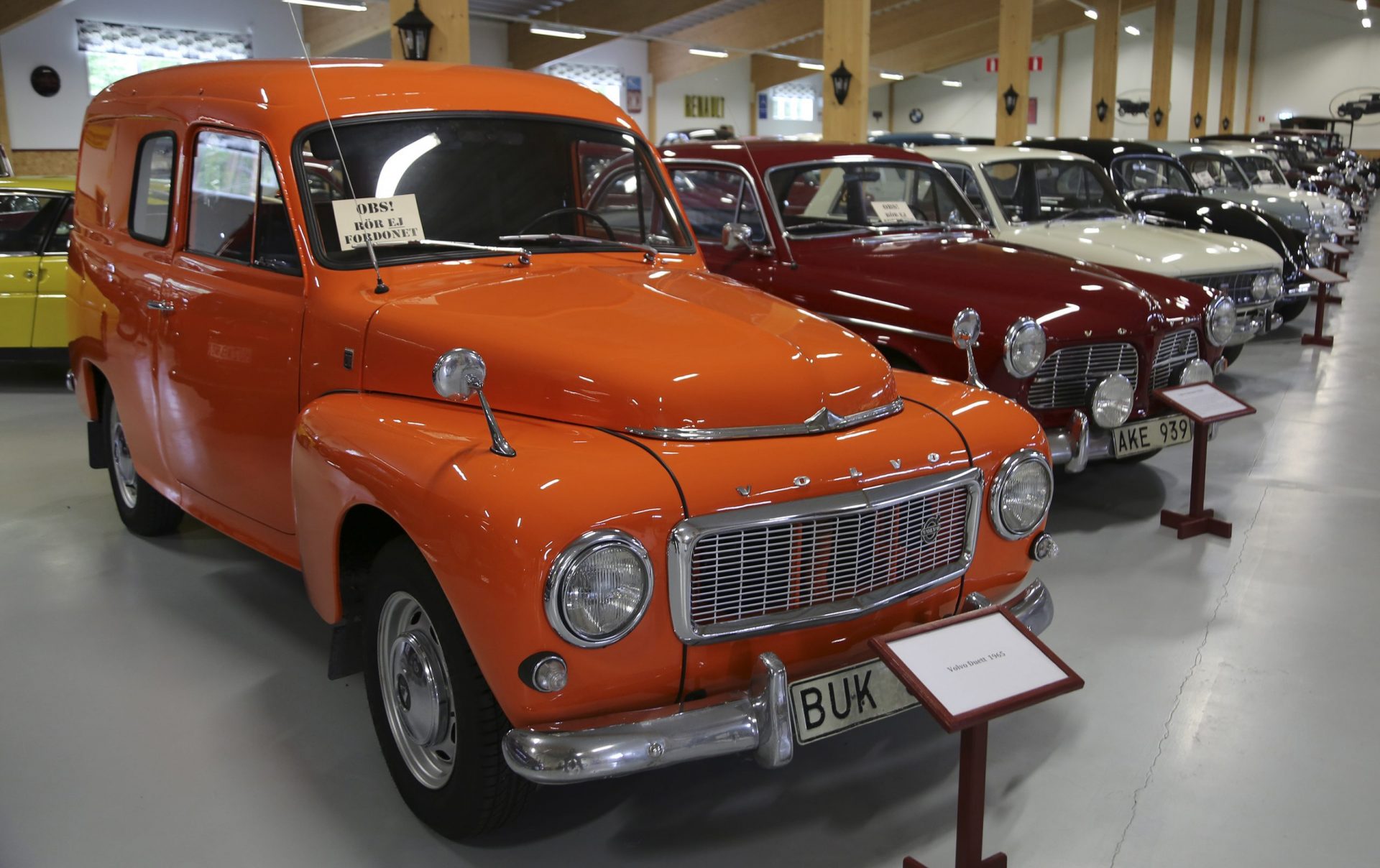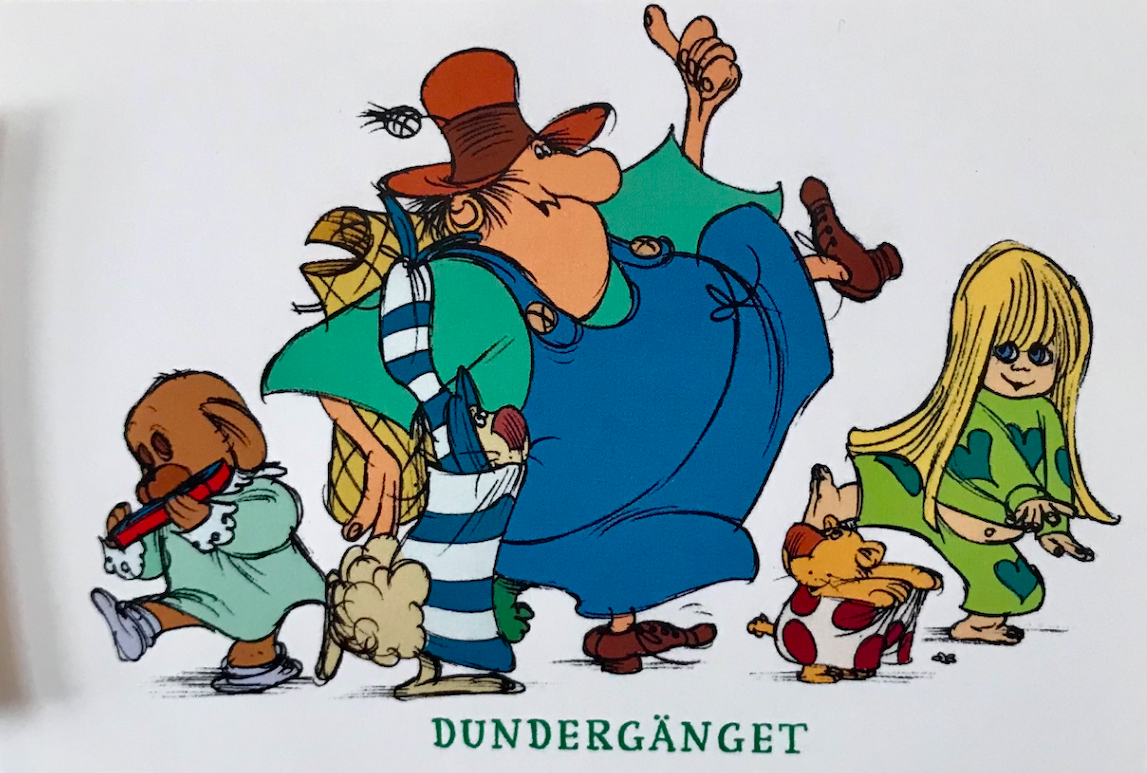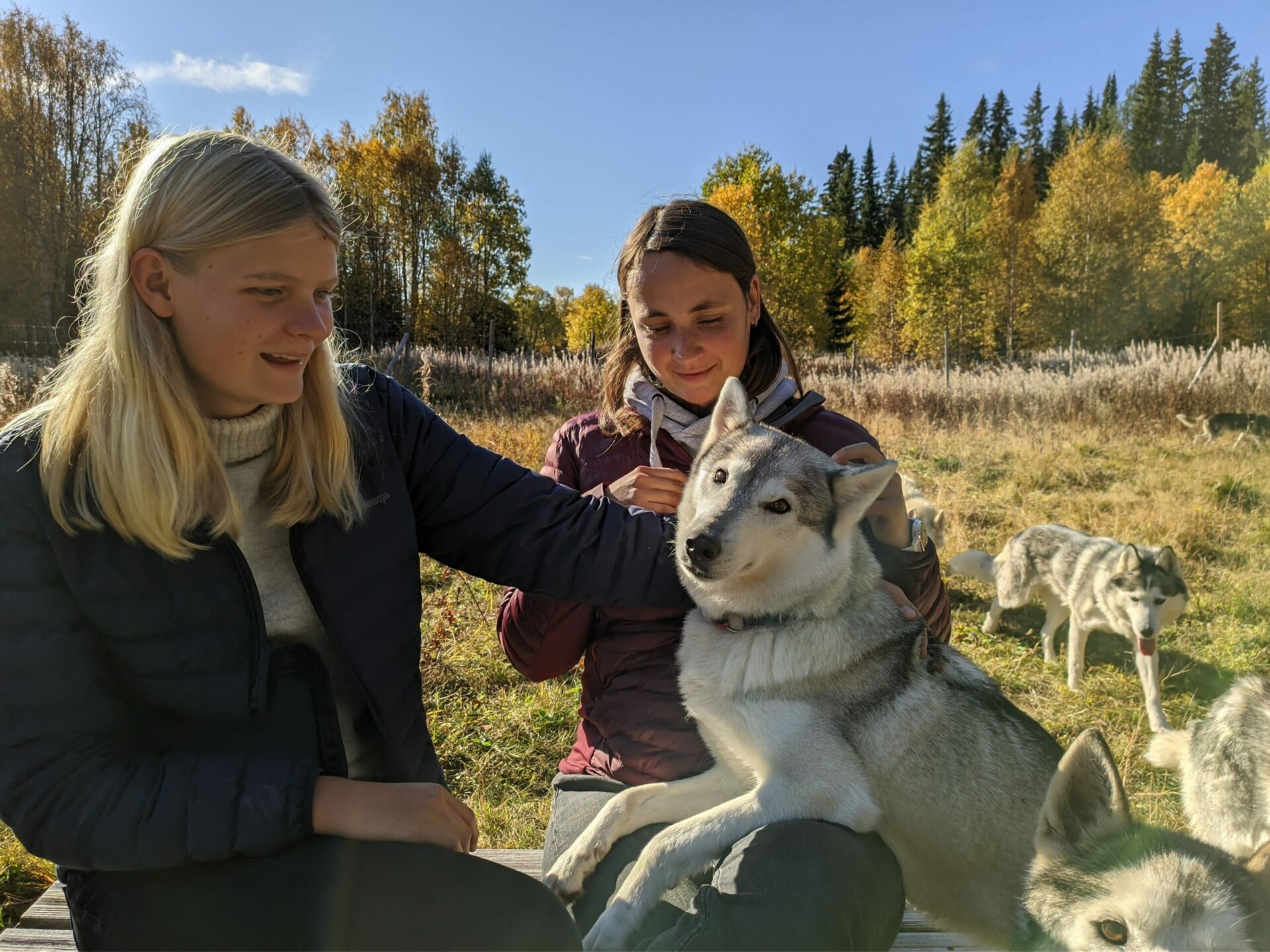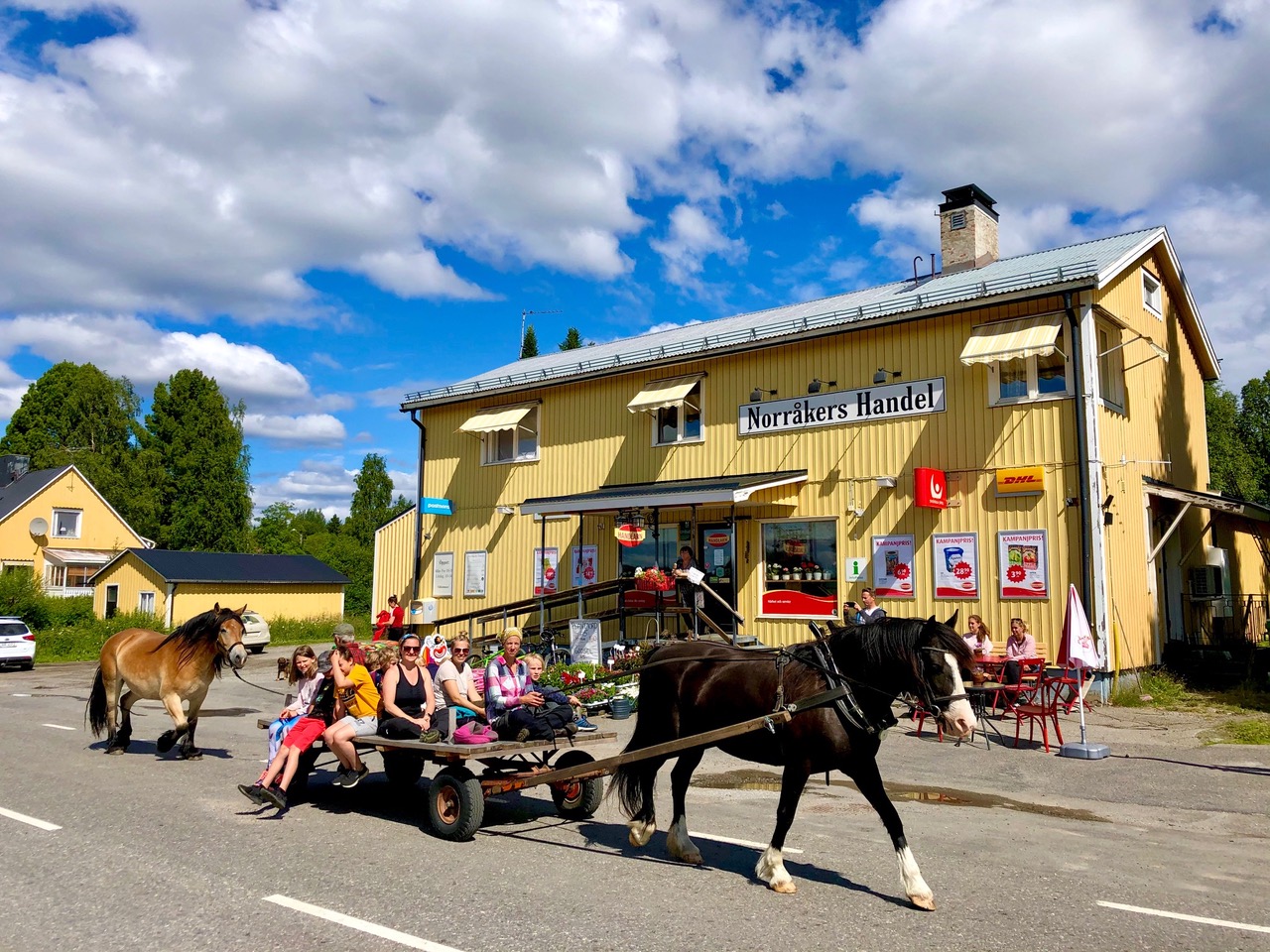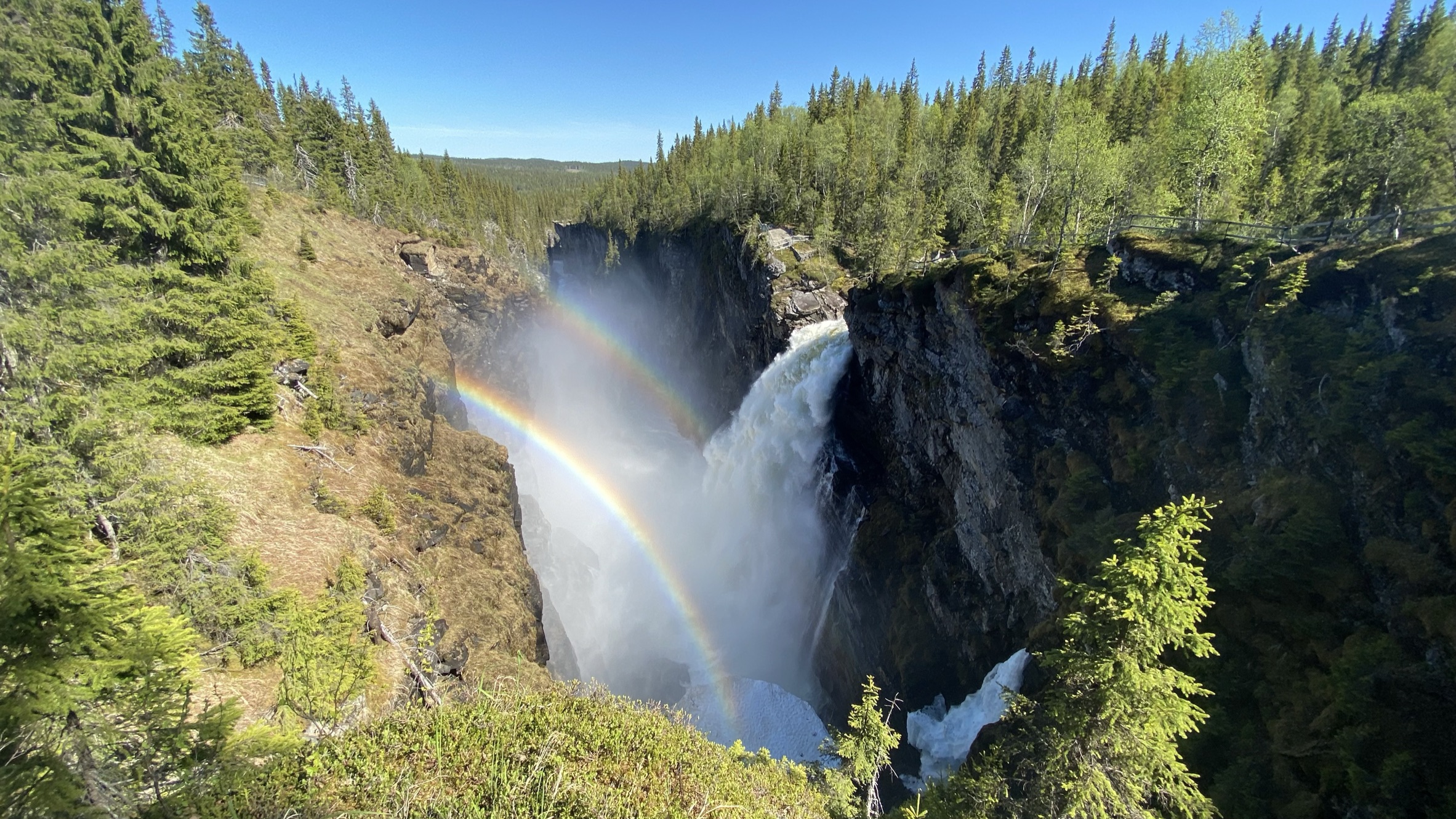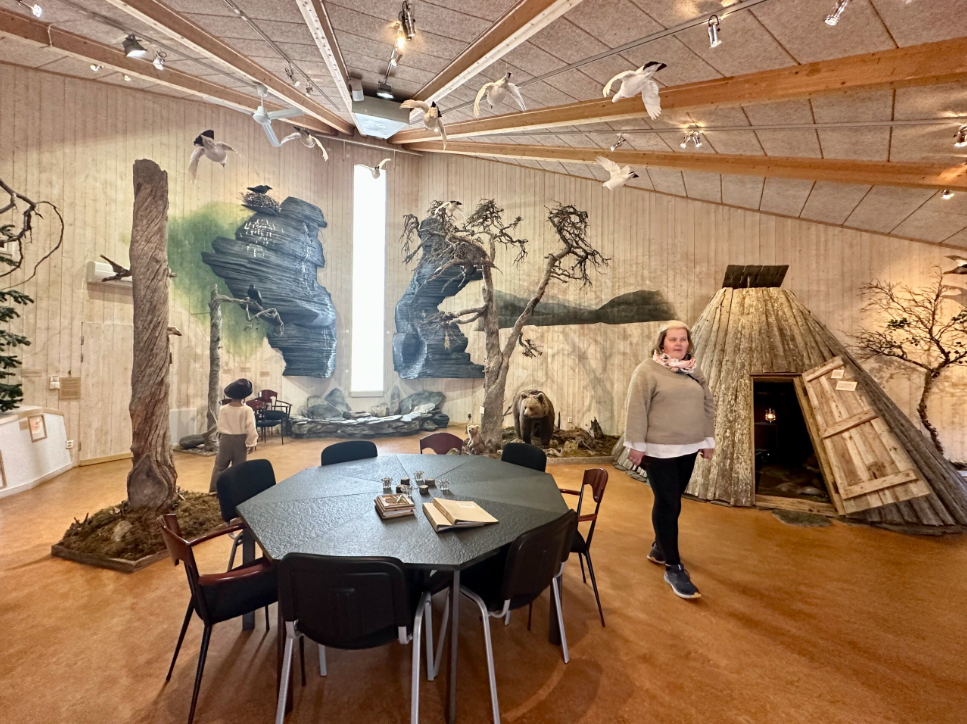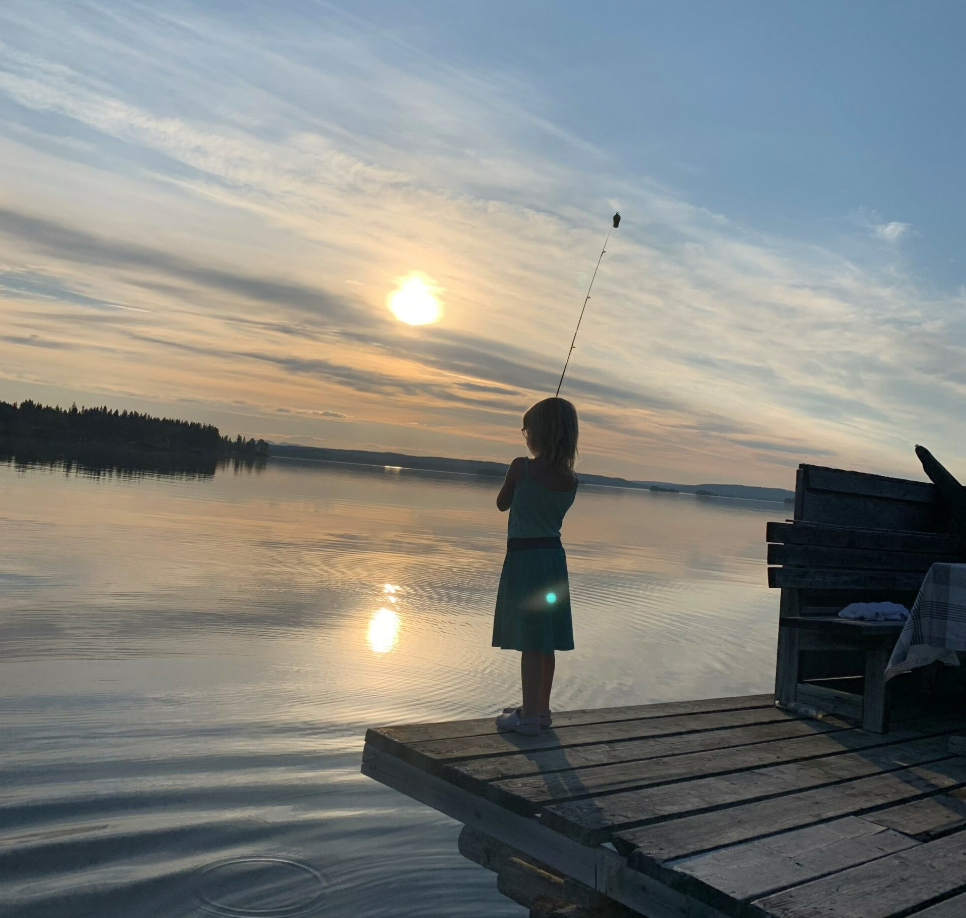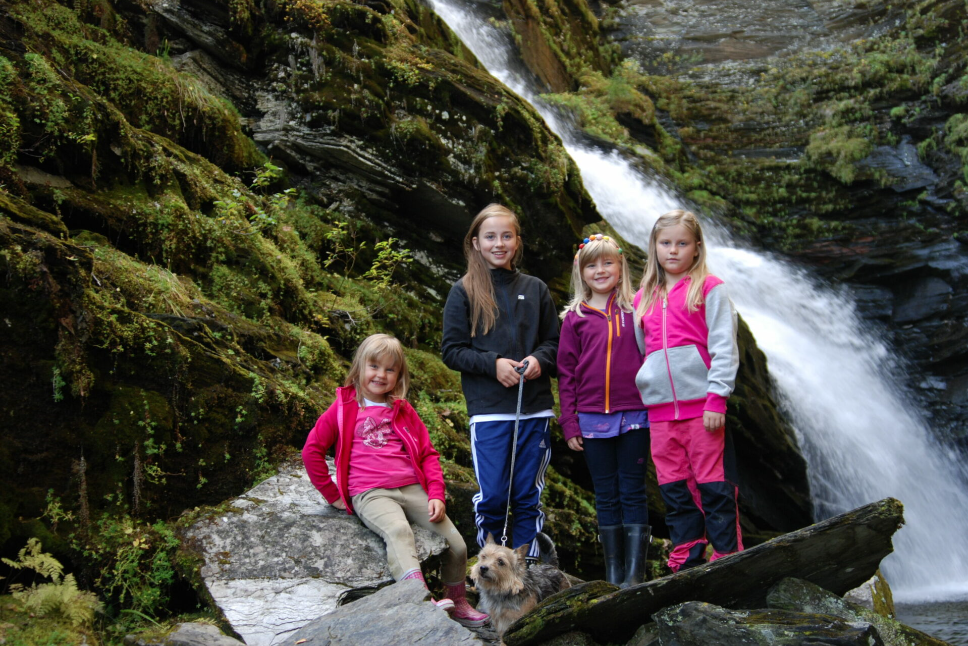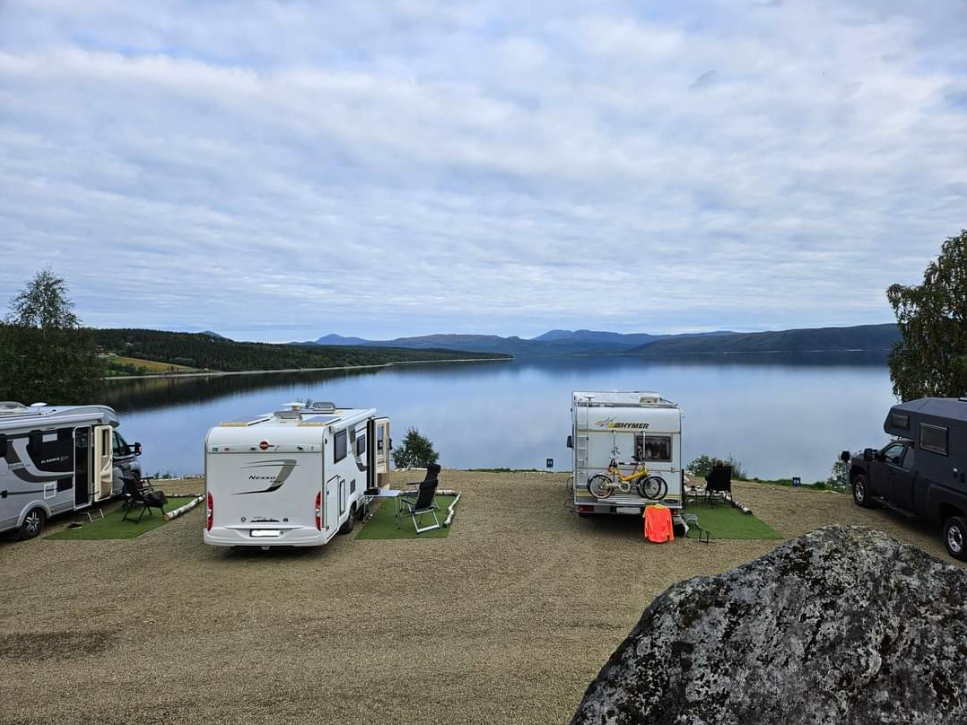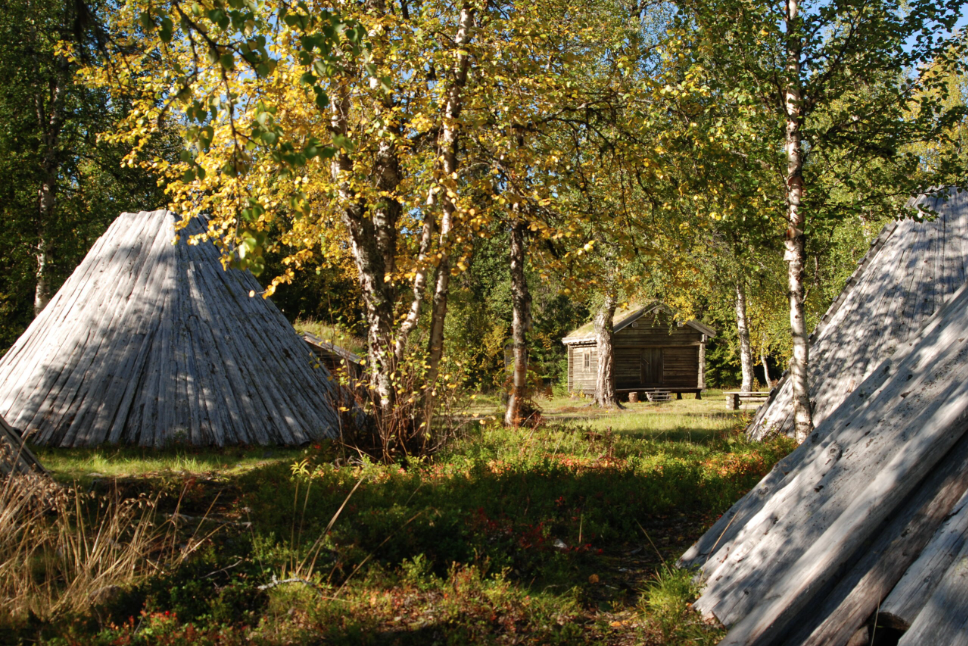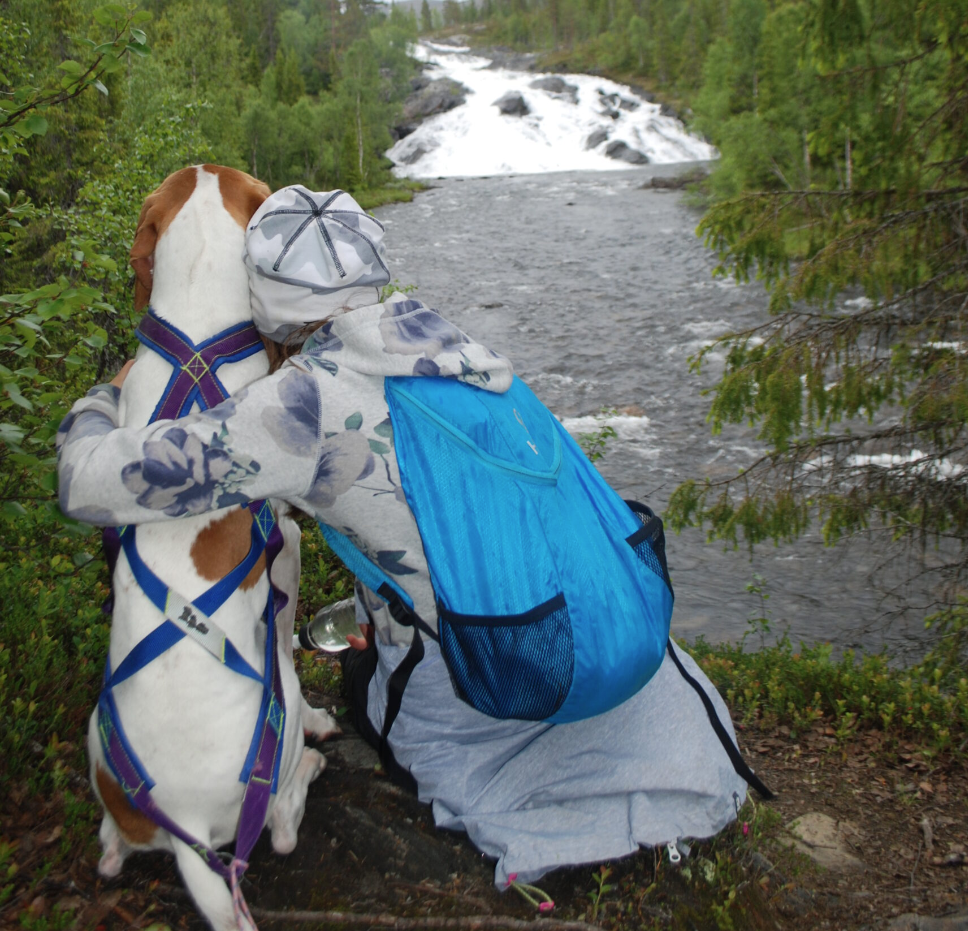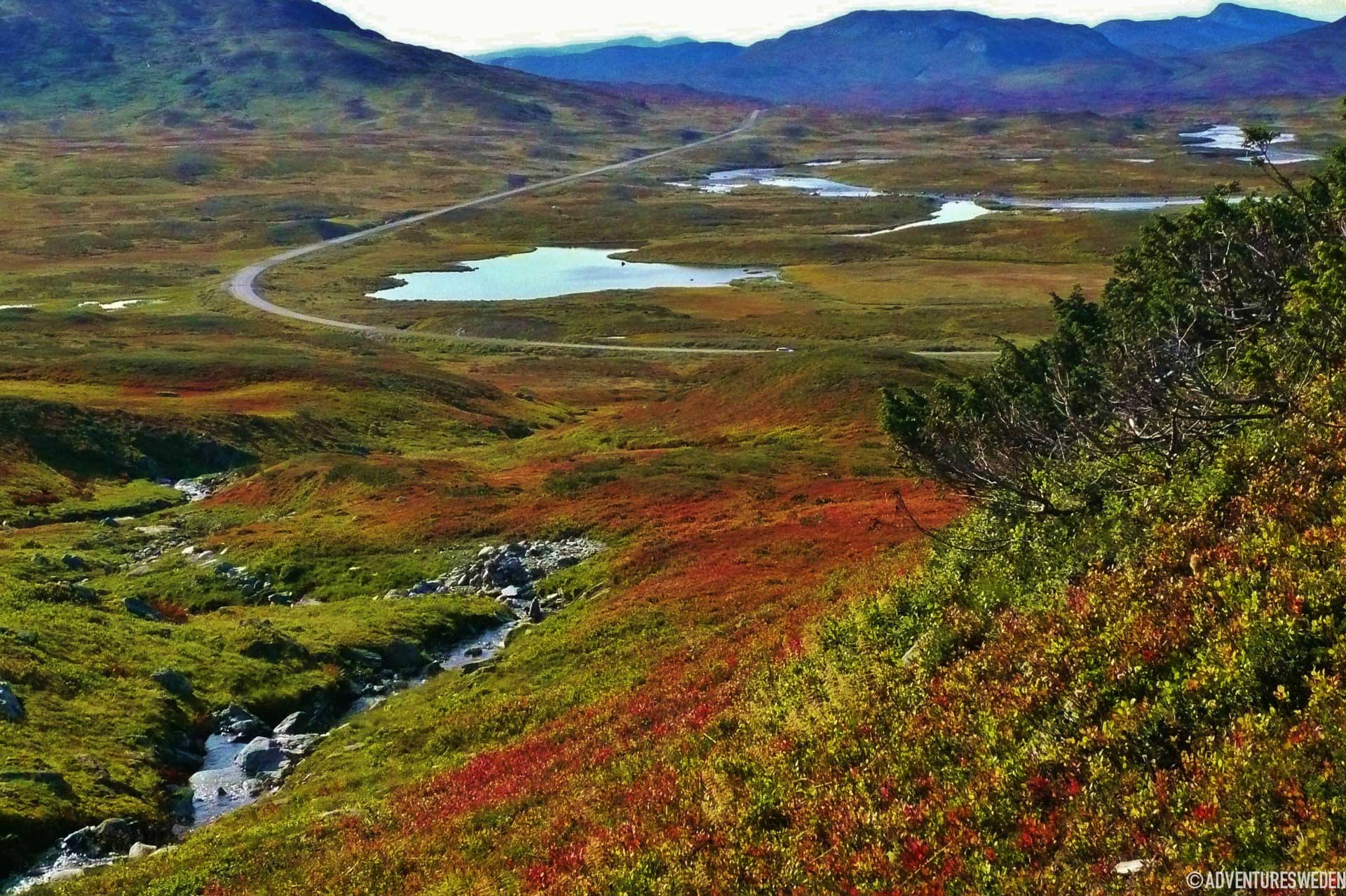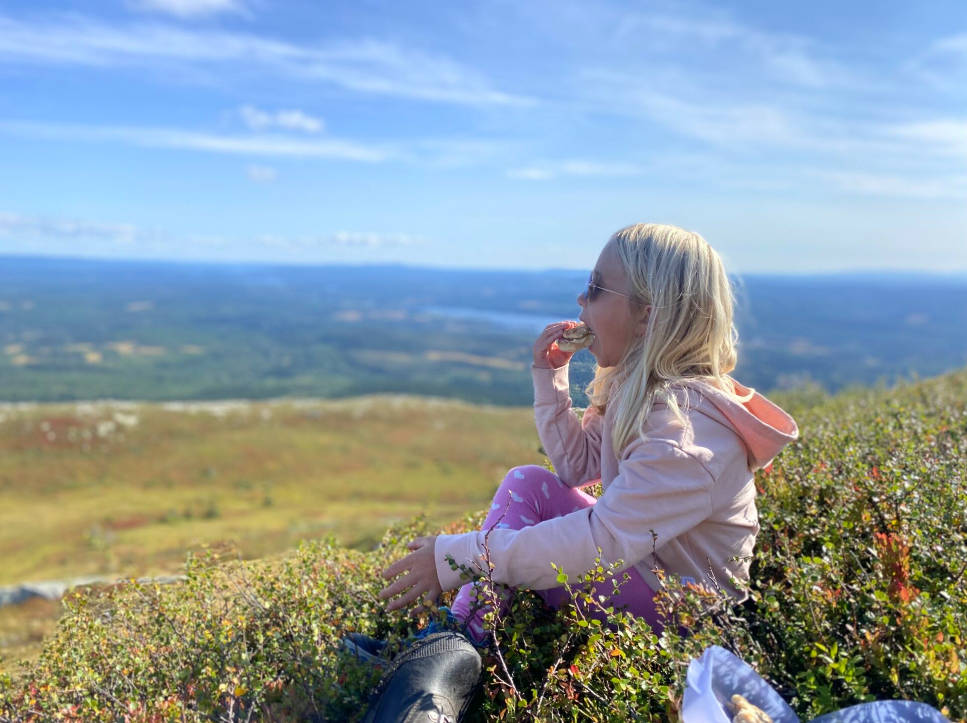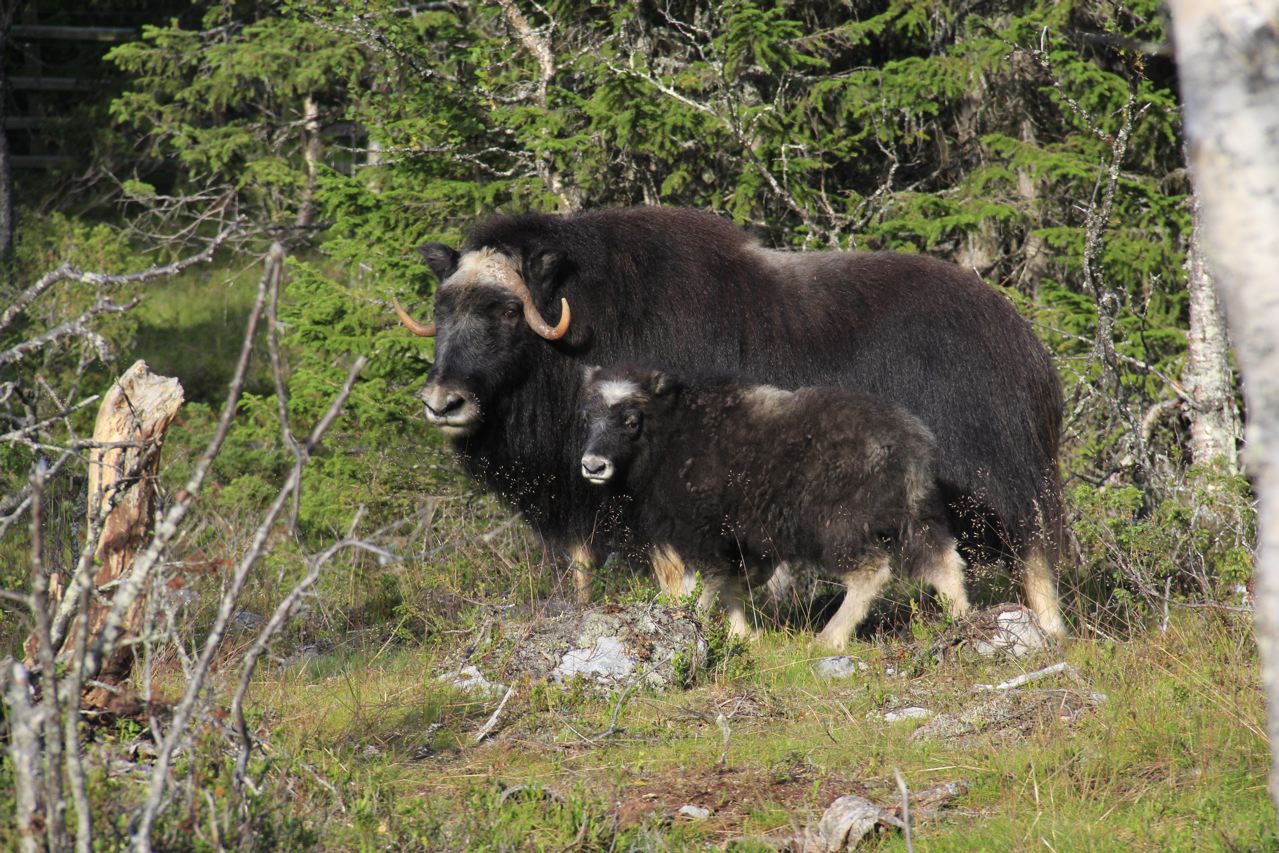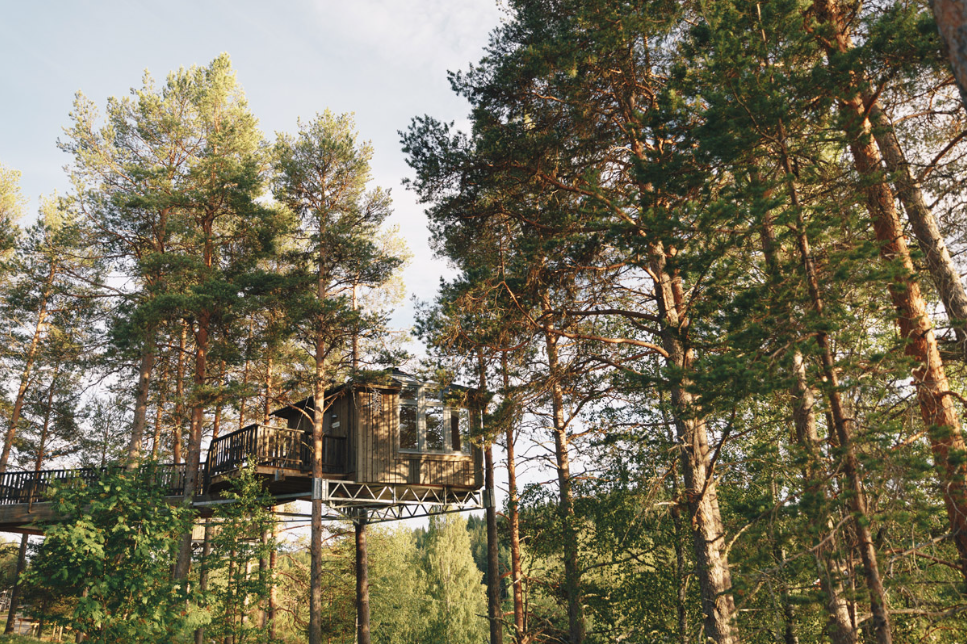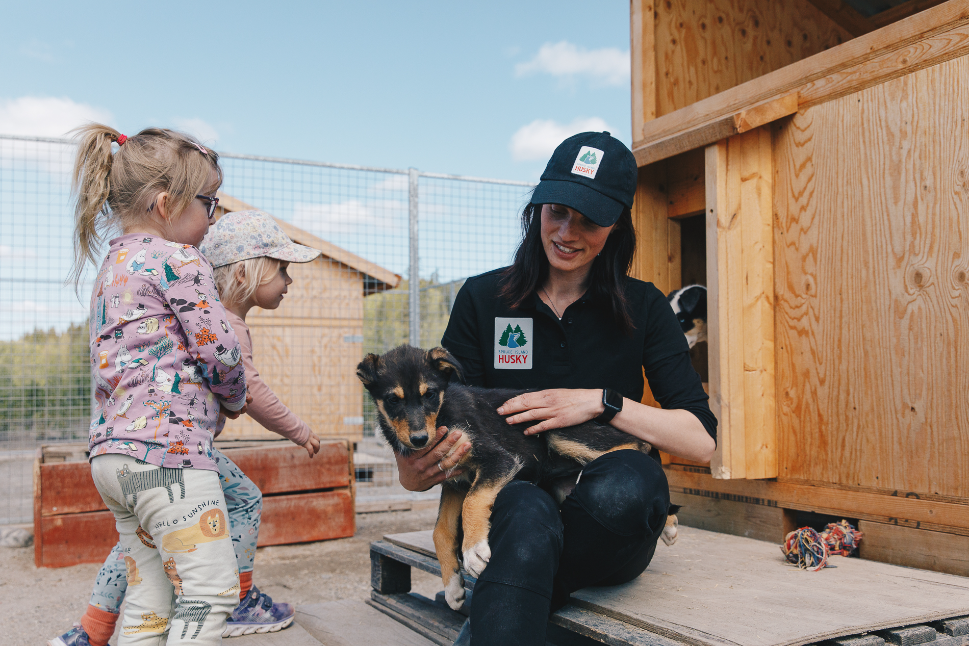The forests, the mountains and the lakes form a gigantic playground for little explorers – do our kids really need a Disneyland? A journey along the Wilderness Road in northern Jämtland Härjedalen is suitable for kids with adventurous families who want to follow in the footsteps of the Swedish fairy tale character Dunderklumpen, meet friendly Husky dogs, stay at a country store, feel the water in the waterfalls, search for water in the mysterious Bjurälven river, crawl into the Coral Cave, count the sami huts in Ankarede, spot wild animals, and swim in Lake Blåsjön (the Blue Lake).
This journey starts in Umeå, for example, for those arriving with the Wasaline ferry boat from Vasa, but you can begin your wilderness adventure from wherever you like. The Wilderness Road itself is approximately a 500 km round trip: Dorotea – Hoting – Strömsund – Gäddede – Stekenjokk – Vilhelmina – Dorotea. See the tour in Google Maps.
If you would like to combine the Wilderness Road with a trip around the High Coast of Sweden, here is another roundtrip suggestion: Start in Östersund – Strömsund-Wilderness Road-Vilhelmina-Åsele-Junsele-Nämforsen-Örnsköldsvik-Härnösand-Hammarstrand-Östersund. See the tour in Google Maps.




